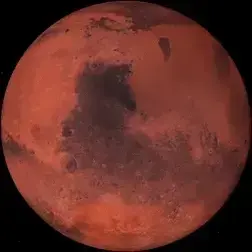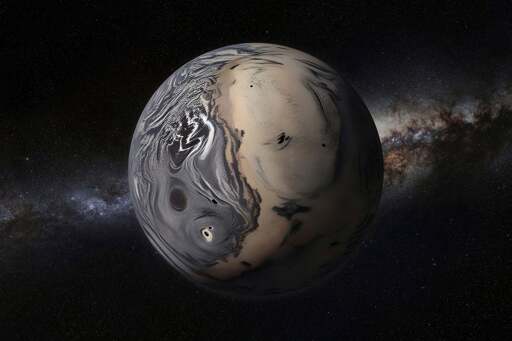Very interestingly, they found that systems with fewer planets tend to exit their “ejection” phase after about 100 million years, but systems with 10 planets are still unstable even after a billion years. They also found that these more bountiful systems actually eject the majority of their planets, losing 70 percent after a billion years. Most of the ones ejected are lower-mass, as expected.
Wonder how many sibling planets we had when our solar system first formed. This sort of topic is always fascinating to me.
There are NO planets that don’t orbit stars : once they don’t orbit a star they don’t follow the modern definition of a planet anymore
We’ll not have science in this discussion about science!
The modern definition of “planet” only includes things that orbit the sun.
Honestly, the IAU’s definition of a planet is pretty useless.
Rocky planets, gas giant planets, ice giant planets, dwarf planets, super Earth planets, hycean planets, lava planets, rogue planets…
I flat out don’t accept the notion that some starts have no planets. As far as I am concerned, if we have 8 major plantes and on average, 40% of planets are ejected, we should assume the average number of starting planets is 11.
nice sample size of one you have there
This is like saying, “If a carbon atom has 12 electrons, and on average it forms 4 covalent bonds, we should assume all atoms start with 16 electrons.”


